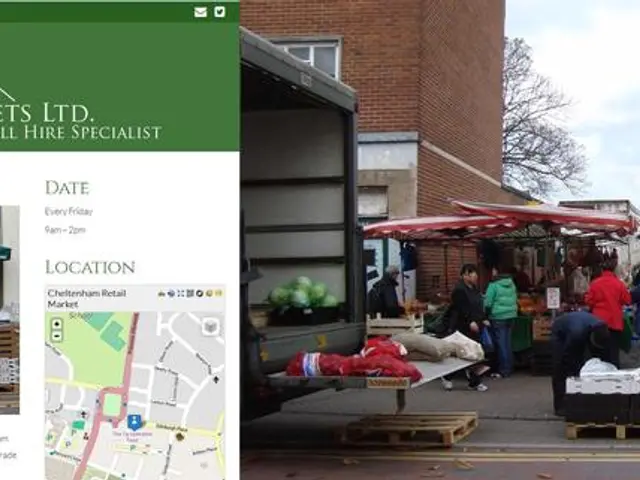Establishing a Peaceful Retreat (Either Home or School)
A Calm-Down Corner is a designated quiet space for children to manage their big emotions. Here's how to create an effective and appealing Calm-Down Corner in a home or classroom setting.
A Calming Environment
To create a soothing atmosphere, use calming colours such as blues, greens, and neutral tones. Avoid bright reds and oranges as they can be stimulating. Soft, warm lighting can also enhance the calming ambiance.
Comfortable Seating
Incorporate soft seating options like bean bag chairs, cushions, or pillows to create a cozy space. Include yoga mats, gymnastics mats, or soft rugs for comfort.
Sensory Items
Offer tactile toys, such as playdough, fidgets, or tactile balls, for sensory exploration. Use items like stress balls, chewing toys, or plushies to provide sensory comfort.
Audio and Visual Tools
Provide headphones with calming music or nature sounds to block out distractions. Include visual schedules, emotion charts, or feeling cards to help identify and manage emotions.
Mindfulness and Breathing Exercises
Incorporate mindfulness activities, such as guided meditation or deep breathing exercises, to promote relaxation. Use calming corner printables or visual reminders to encourage mindfulness practices.
Emotional Awareness and Reflection
Encourage the use of emotion charts or feeling cards to help individuals identify and label their emotions. Use questions like "How are you feeling?" to promote emotional awareness and reflection.
Accessibility and Inclusivity
Tailor the space to meet sensory processing needs by offering choices and sensory-friendly items. Use visuals for nonverbal individuals to ensure inclusivity.
Usage Guidelines
Place the calm-down corner in a quiet area away from distractions. Emphasize that the calm-down corner is a voluntary space for self-regulation, not a time-out area.
The Calm-Down Corner is often called a quiet corner, comfort corner, zen place, calm-down area, quiet area, calm-down space, quiet place, or peace corner. It serves as a safe space where children can go without feeling isolated or punished.
Integrating the calm-down corner into daily routines can help children view it as a resource for managing their emotions. The corner provides opportunities for children to practice coping strategies like deep breathing, mindfulness, or sensory activities.
The calm-down corner supports the needs of all children, including those with sensory processing challenges, autism, or ADHD. It's important to set clear guidelines for the use of the calm-down corner to ensure it remains a positive and safe space.
Introducing a calm-down corner to children involves clear communication, demonstration, and positive association. It's beneficial to ask children for feedback about their experience in the calm-down corner and make adjustments as needed.
The Calm-Down Corner Easy Guide is a practical resource for finding lots of tips. By using the calm-down corner, children may be able to prevent emotional escalation. The calm-down corner promotes self-regulation skills development in children.
The Calm-Down Corner can be found in homes, classrooms, or therapeutic settings. After spending time in the calm-down corner, kids are often better able to focus. The Calm-Down Corner should be physically safe and free of sharp edges or hard surfaces.
Other social-emotional learning resources include ideas for what to include in a Calm-Down Box, making sensory bottles, breathing exercises, fun yoga poses, and sensory activities for kids of all ages. Emotional literacy can be fostered by adding materials that help children learn about emotions and develop empathy, such as books or emotion charts.
- Incorporate sensory-friendly items, such as stress balls or plushies, to provide children with ADHD, autism, or sensory processing challenges with comfort in the Calm-Down Corner.
- To support mental health in a health-and-wellness and lifestyle perspective, consider adding mindfulness activities like guided meditation or deep breathing exercises in the Calm-Down Corner.
- Encourage education-and-self-development by providing visuals or feeling cards to help children identify and label their emotions, promoting emotional awareness and reflection.
- Enhance the home-and-garden aspect by creating a cozy and inviting environment using calming colors, soft seating, and warm lighting in the Calm-Down Corner.








